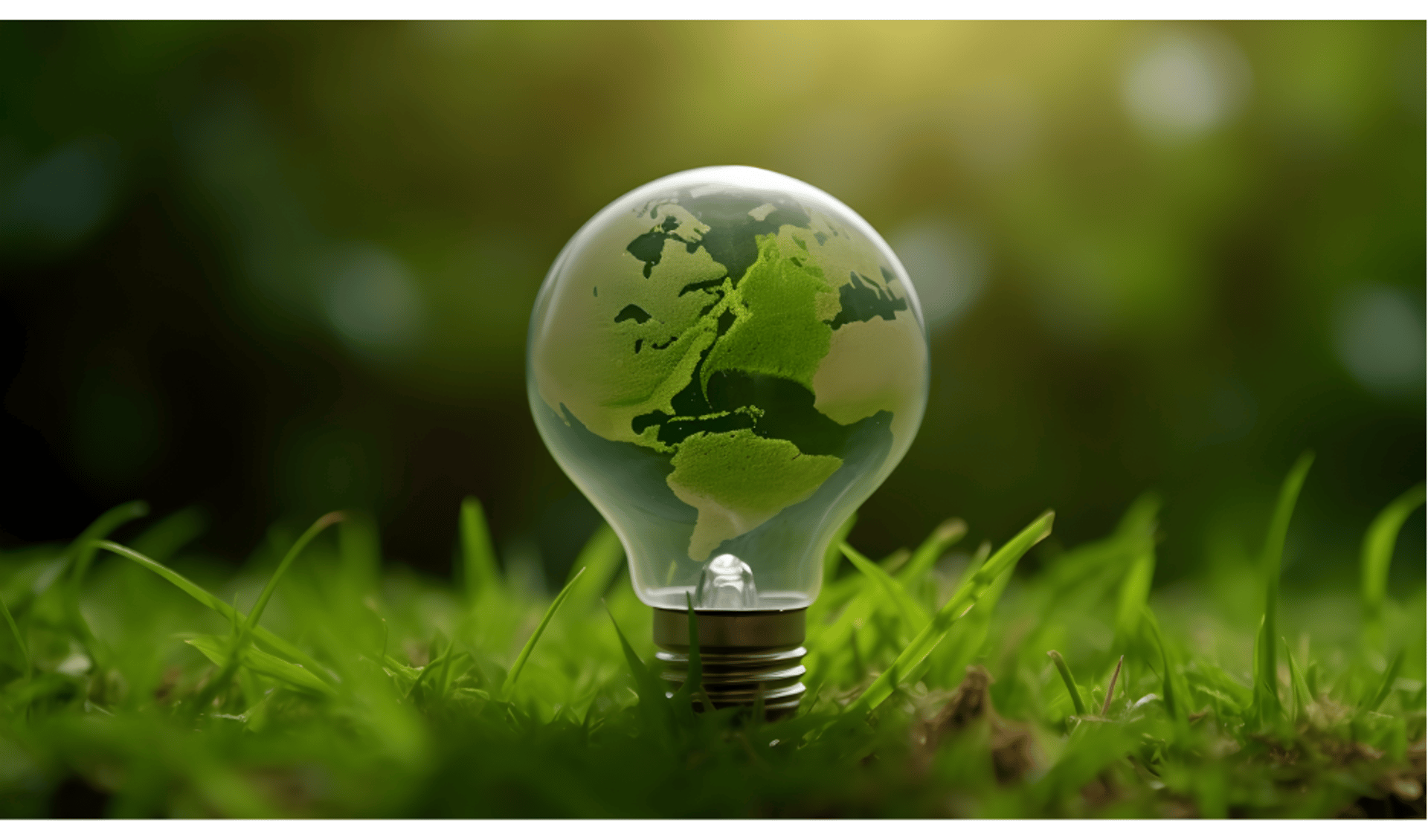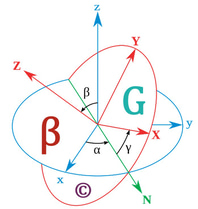The Economics of Renewable Energy: Costs, Savings, and ROI
Renewable energy is often celebrated for its environmental benefits, but its economic advantages are equally compelling. From reducing energy bills to creating jobs and driving innovation, renewables are proving to be a smart financial investment. In this blog, we’ll break down the economics of renewable energy, exploring the costs, savings, and return on investment (ROI) that make it a win-win for individuals, businesses, and governments alike.
ELECTRICAL ENGINEERINGSUSTAINABILITYENERGY
Engr. Benjamin V. Gonzales Jr.
5/18/20252 min read
The Falling Costs of Renewable Energy
Over the past decade, the cost of renewable energy has plummeted, making it more accessible and affordable than ever. Here’s how:
Solar Power: The cost of solar panels has dropped by over 80% since 2010, thanks to advancements in technology and economies of scale.
Wind Power: Onshore wind energy is now one of the cheapest sources of electricity, with costs falling by 40-50% in the last decade.
Battery Storage: The cost of lithium-ion batteries, essential for storing renewable energy, has decreased by nearly 90% since 2010.
These cost reductions have made renewables competitive with—and often cheaper than—fossil fuels in many parts of the world.
The Financial Benefits of Renewable Energy
Lower Energy Bills: By generating your own electricity with solar panels or wind turbines, you can significantly reduce or even eliminate your monthly energy bills.
Government Incentives: Many governments offer tax credits, rebates, and grants to encourage renewable energy adoption, reducing upfront costs.
Energy Independence: Producing your own energy protects you from rising utility rates and fossil fuel price volatility.
Increased Property Value: Homes and businesses with renewable energy systems often have higher property values and sell faster.
Job Creation: The renewable energy sector creates jobs in manufacturing, installation, maintenance, and research, boosting local economies.
Return on Investment (ROI) for Renewable Energy Systems
The ROI for renewable energy systems depends on factors like location, energy usage, and available incentives. Here’s a breakdown:
Solar Panels: Most residential solar systems pay for themselves within 6-10 years, with a typical ROI of 10-20%.
Wind Turbines: Small-scale wind turbines can achieve payback in 5-15 years, depending on wind resources and installation costs.
Geothermal Heat Pumps: These systems often pay for themselves in 5-10 years through energy savings and incentives.
Energy Storage: Adding a battery system to your solar panels can increase your ROI by allowing you to store excess energy for use during peak times or outages.
The Broader Economic Impact of Renewable Energy
Renewable energy isn’t just good for individual consumers—it’s also a driver of economic growth:
Job Creation: The renewable energy sector employs millions of people worldwide, from solar panel installers to wind turbine technicians.
Energy Security: By reducing reliance on imported fossil fuels, countries can enhance their energy independence and reduce trade deficits.
Innovation and Investment: The growth of renewables is spurring innovation and attracting billions of dollars in investment, creating new industries and opportunities.
Public Health Savings: Reducing air pollution from fossil fuels can save billions in healthcare costs, benefiting society as a whole.
Challenges and Solutions
While the economics of renewable energy are increasingly favorable, there are still challenges to address:
Upfront Costs: The initial investment in renewable energy systems can be high, but financing options like loans, leases, and power purchase agreements (PPAs) are making it more accessible.
Grid Integration: Integrating large amounts of renewable energy into the grid requires upgrades and investments in infrastructure.
Policy Uncertainty: Changes in government policies and incentives can impact the economics of renewables. Stable, long-term policies are essential to encourage investment.
How You Can Maximize Your Renewable Energy ROI
Interested in investing in renewable energy? Here’s how to get the most out of your investment:
Research Incentives: Take advantage of tax credits, rebates, and grants to reduce upfront costs.
Choose the Right System: Work with a reputable installer to design a system that meets your energy needs and maximizes savings.
Monitor Performance: Regularly monitor your system’s performance to ensure it’s operating efficiently and generating the expected savings.
Explore Financing Options: Consider loans, leases, or PPAs to spread out the cost of your system over time.
Conclusion
Renewable energy is not just an environmental imperative—it’s also a sound financial decision. With falling costs, significant savings, and attractive returns on investment, renewables are transforming the global energy landscape. By investing in renewable energy, individuals, businesses, and governments can save money, create jobs, and build a more sustainable future.





